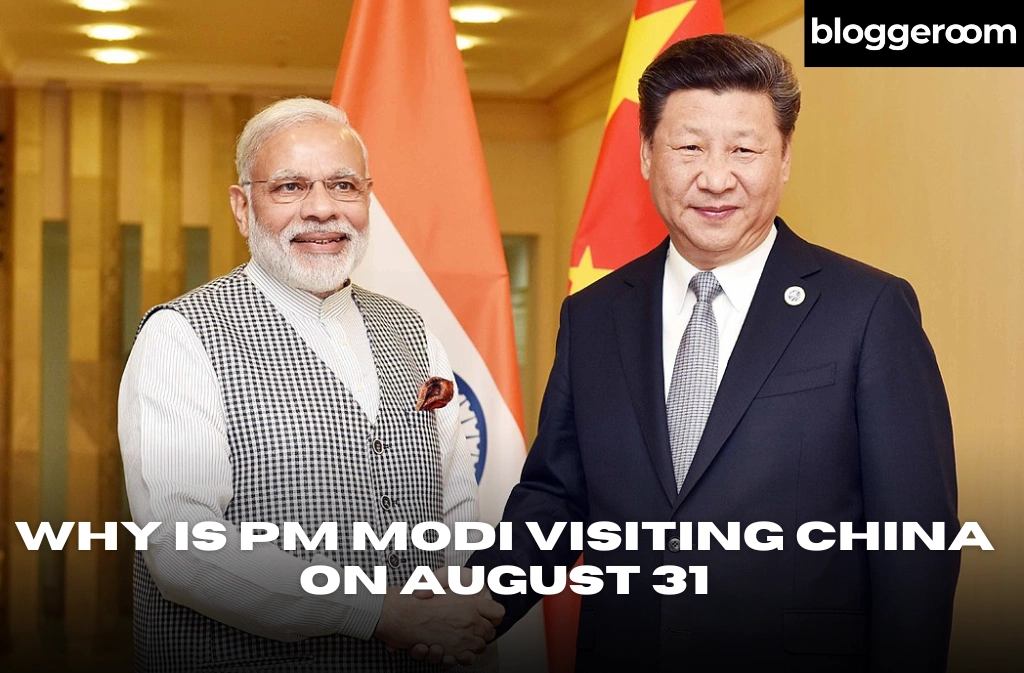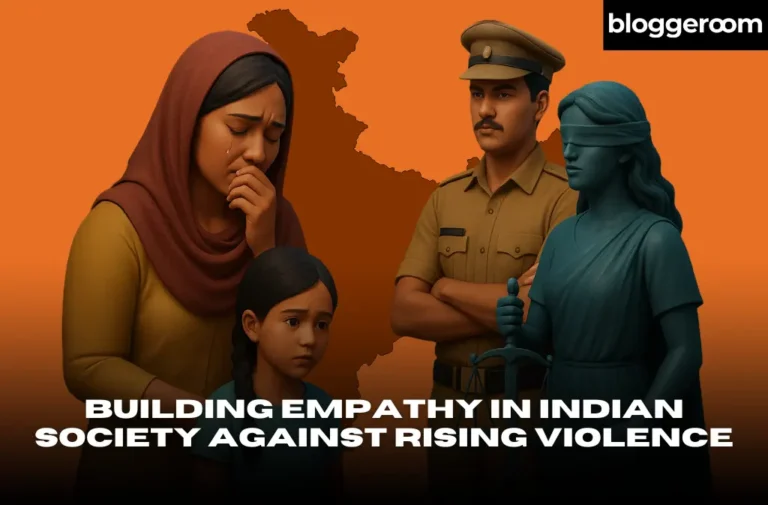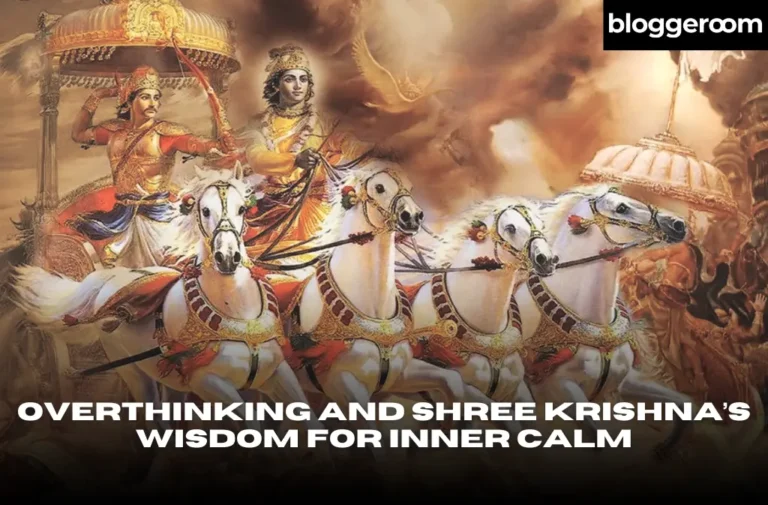Why is PM Modi Visiting China on August 31
In a move that has raised many eyebrows, Prime Minister Narendra Modi will be traveling to China on August 31, following a formal invitation from the Chinese government. The announcement came shortly after US President Donald Trump imposed an additional 25% tariff on Indian goods, creating a sense of urgency in India’s trade and foreign policy circles.
While the visit may seem sudden, it is part of a broader strategy by both nations to navigate growing uncertainty in global trade and diplomacy.
Why Is This Visit Happening Now
Modi’s China visit comes at a time when India is facing pressure from multiple directions. The recent increase in import tariffs by the United States has created concern among Indian exporters. Sectors like textiles, pharmaceuticals, and engineering goods are likely to be the most affected, as they rely heavily on access to the American market.
China is currently navigating several internal and external pressures. As its relationship with Western nations remains strained, the Chinese leadership seems interested in building closer ties with influential countries nearby. Reaching out to India could be a way to reduce friction along the border, encourage a more stable environment in the region, and create new trade partnerships that are less reliant on Western economies.
What India and China Could Gain From This Visit
China’s decision to invite India at this moment likely goes beyond diplomacy. With global alliances shifting and US trade policies becoming more aggressive, Beijing may see a chance to bring India closer. Strengthening ties with New Delhi could help China expand its role in regional development, energy cooperation, and infrastructure, while also boosting its leadership within the BRICS group.
For India, this visit offers a way to explore new economic avenues as pressure from rising US tariffs threatens several key industries. Building a more stable relationship with China could open up alternative markets, attract investment, and support long-term energy needs. Both nations have continued purchasing oil from Russia despite criticism, which suggests they may find common ground on energy and trade policies. If cooperation grows, it could strengthen BRICS and create a more united front on global economic issues.
Could This Lead to Stronger BRICS Cooperation
India’s engagement with China ahead of key BRICS meetings may lead to a more united voice among member countries. There have already been discussions around using local currencies for trade, developing new digital payment systems, and creating financial alternatives to Western-led institutions.
If BRICS members align more closely, they could reshape how trade and development are approached globally. This would not only give emerging economies more control but might also shift the balance of power in ways that have long been anticipated.
Conclusion
While no major agreements are expected during Modi’s visit, the gesture itself carries weight. It shows that India is willing to explore flexible partnerships and adapt to a changing global environment. For China, it is an opportunity to reset ties with a key neighbor and potentially strengthen its leadership in regional affairs.
This visit is not just about current tensions. It is part of a larger conversation about the future of global cooperation, where countries like India and China are looking for more space to shape their own path.







